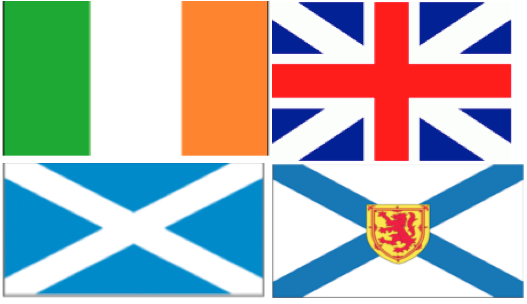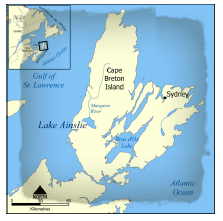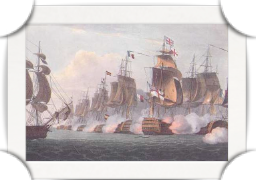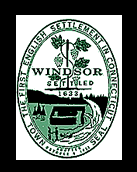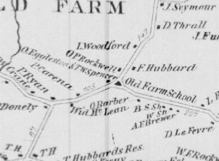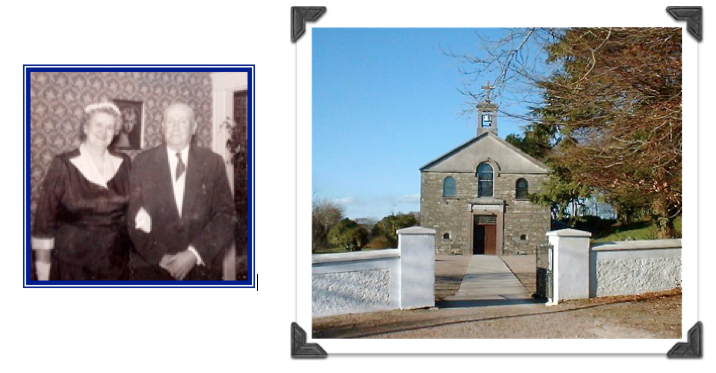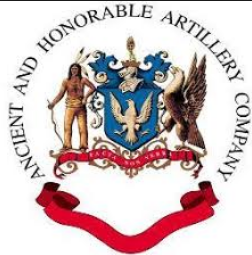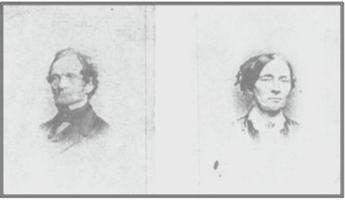Russian the Irish
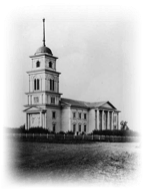
One branch of the maternal side of my wife’s family tree were Germans who fled to Russia to escape religious persecution and then to America in the late 1880’s to escape becoming Russians! The other branch were Irish who arrived in America in the 1860’s and established a home in Nebraska.
Maul – Schwenninger Families
Henry and Elizabeth (Sinner) Maul immigrated to Nebraska in 1893 from Norka, Russia. Andrew and Nannette Schwenninger, also German-Russians, immigrated to Iowa and then later to Elwood, Nebraska. In 1909, these families joined with the marriage of Henry Jacob Maul and Anna Schwenninger.
The “Germans from Russia” are descendants of Germans who settled in Russia in the years about 1763 to 1862. Their story begins with Tsarina Catherine II (Catherine the Great) who was empress of Russia, but a German princess by birth. In July 1763 she issued a manifesto to attract people from Western Europe to settle in Russia. The manifesto promised new settlers freedom of religion, freedom from taxes for a 5-30 year period, freedom from military service, and free land to farmers. By the end of 1767, German settlers from central Germany had established more than 100 colonies along the Volga River, near Saratov, Russia. In the 1870s, the promises of the Russian government were gradually withdrawn. The colonist had their right to local self-government taken away along with their right to keep their own German-language schools. The military draft was reinstated. These actions lead to an exodus of German Russians to the United States. Center for Volga German Studies
According to Anna (Schwenninger) Maul, when the Schwenninger’s first homesteaded in Elwood, they lived in a dugout and her father (Andrew) would go to Chicago in the winter and work in a cigar factory. Anna was born in 1887 in Iowa. Their daughter, Helen May (my wife’s grandmother), was born in 1919 in Iowa.
Heinrich “Henry” Jacob Maul was born in Russia on April 1,1886 and died in Hastings, Nebraska in 1970 at the age of 83. He worked as a bricklayer and played baseball for the Hastings city team in the early 1900‘s. Hastings was one of the charter members of the Nebraska State League in 1910. The team started with the moniker Brickmakers for 1910 but changed to the “Third Citys” nickname from 1911 through 1913.
Cronin – Crowley – Burke Families
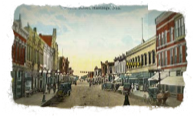
The early 1860’s were especially bad years for rural Ireland; unusually bad weather ruined pastures, cash crops, potatoes, and turf, in turn injuring grazers, commercial tillage farmers, subsistence cultivators and the like. In 1863, William Cronin departed Macroom, County Cork and settled in Swampscott Massachusetts, a small town north of Boston. His wife, Catherine (Kate) Crowley, was also from County Cork Ireland.
In 1879, Kate and William Cronin and their five children rode in a Central Pacific Railroad boxcar to Grand Island Station, Nebraska and then by wagon to Minden where they established a farm. According to a newspaper story, celebrating their 60th wedding anniversary, the couple experienced “drought, prairie fires, blizzards and hail storms” as pioneer settlers.
In 1882, Minden was home to nearly two hundred people, three general stores, two hardware stores, two drug stores, two furniture stores, two implement shops, one grocery store, two hotels, two livery stables, two churches, one meat market, one bank, five physicians, and six lawyers. The telegraph line reached Minden in November 1883. A saloonkeeper was the first to send a message, requesting that his business be restocked with twenty-five cases of beer. “Heroes without Medals, A Pioneer History of Kearney County Nebraska”
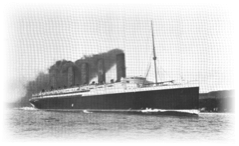
In 1908, William Cronin traveled to Ireland with his son William (Leonard) returning to New York on the Ship Lusitania. Prior to returning to Nebraska, they visited his sister and sister’s nephew Tim Crowley who was married to Catherine (Burke) in Lynn, Massachusetts. Thus, William Leonard met Susie Burke (b. 1891- Ireland) and after corresponding for two years, married (1910) and resided for a short period in Lynn before moving to the Cronin family farm in Minden.
